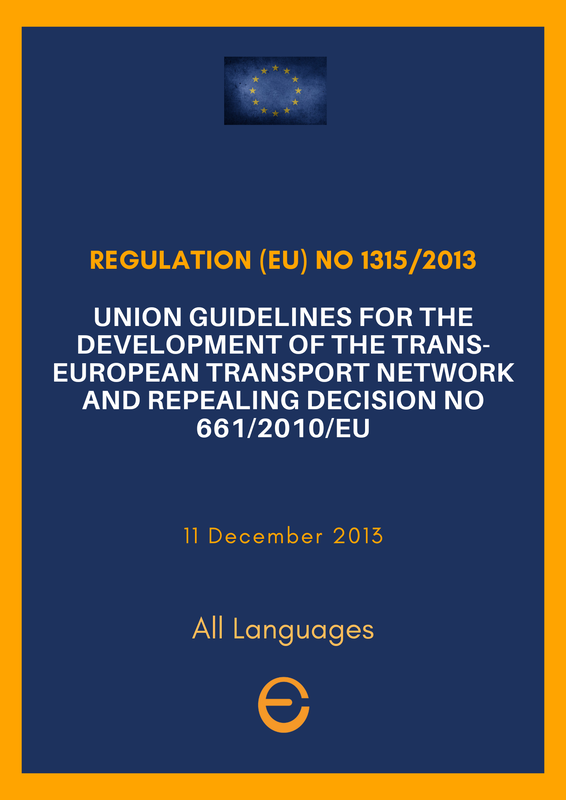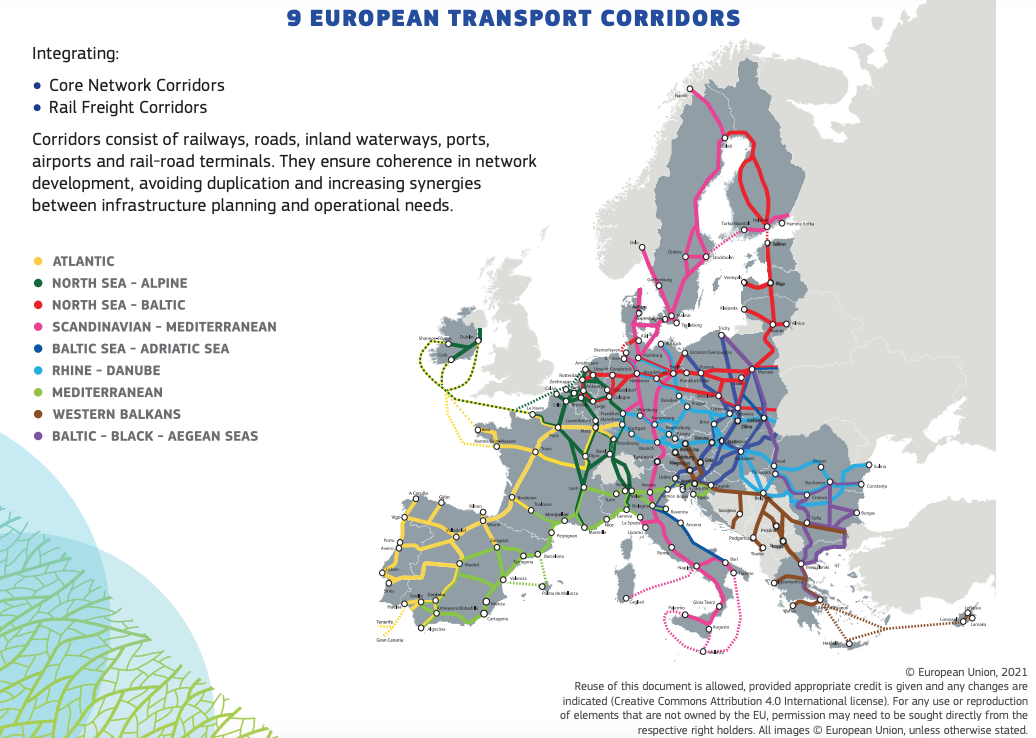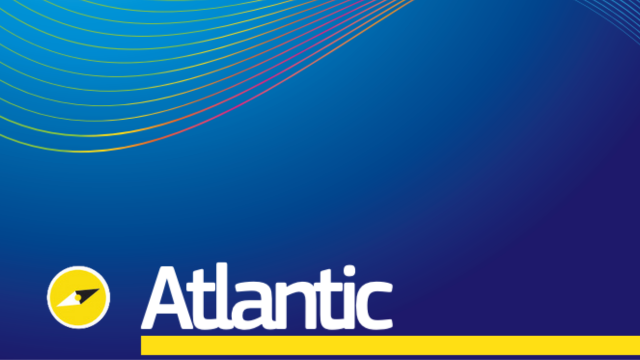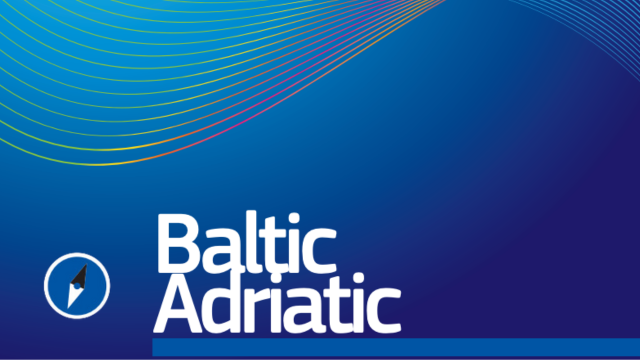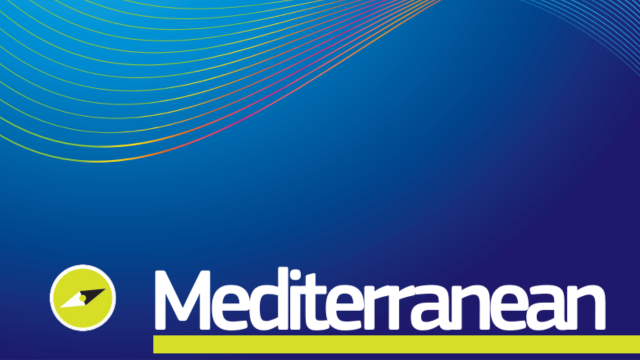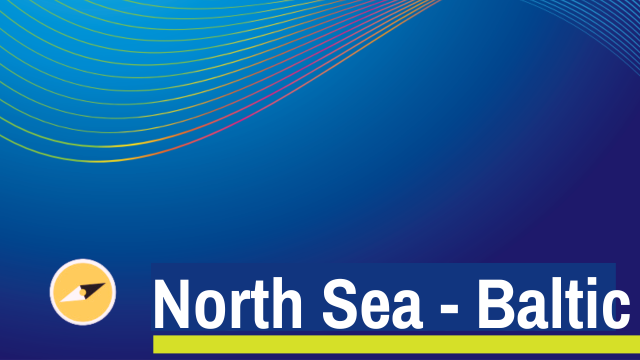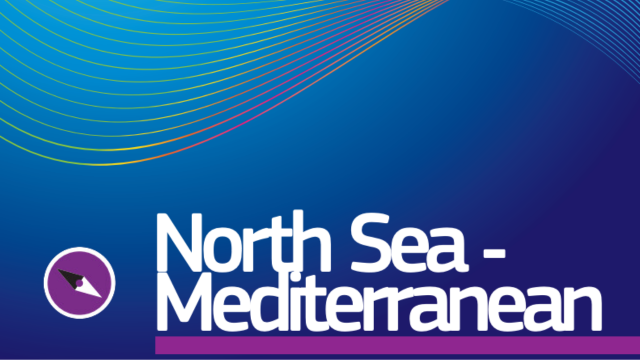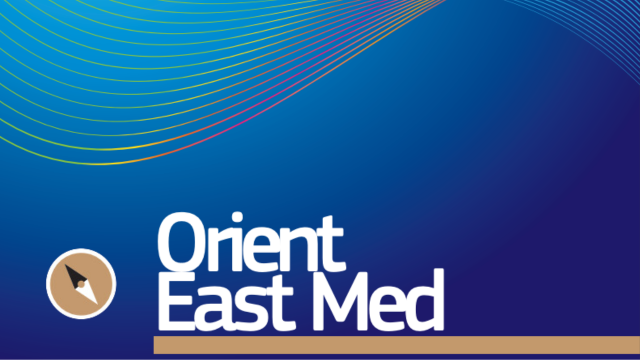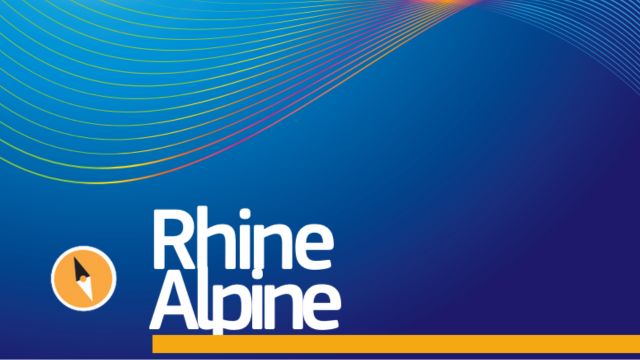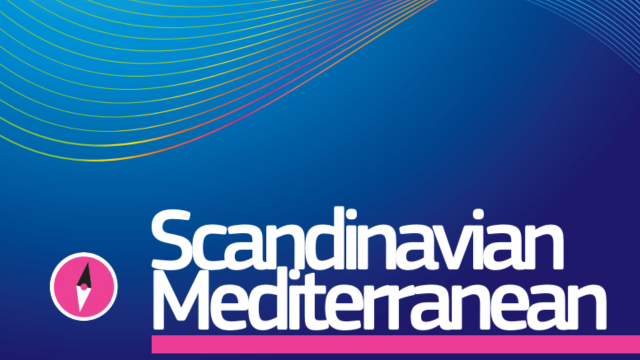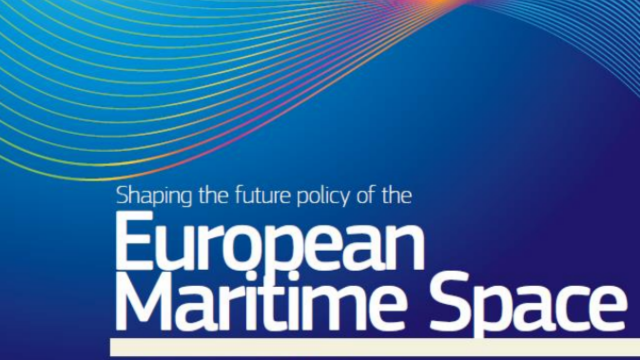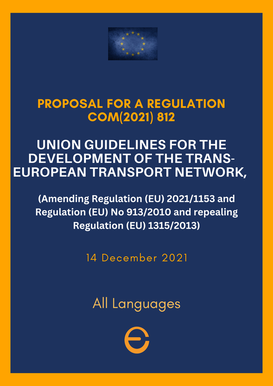|
Brussels, |
|
Trans-European Transport Network (TEN-T)
MOBILITY & TRANSPORT
|
The TEN-T policy is a cornerstone of the EU's efforts to develop a cohesive, efficient, and high-quality transport infrastructure, encompassing railways, inland waterways, maritime routes, and roads connecting key urban and logistical nodes.
Its objectives include:
The policy is anchored in Regulation (EU) No 1315/2013, which was modified in 2023 to align with the European Green Deal and the Sustainable and Smart Mobility Strategy. |
Network Structure
The trans-European transport network is designed according to an objective methodology:
Core Network Corridors and Horizontal Priorities:
Legislation and Actions:
A. Streamlining Directive: Simplifies administrative processes for cross-border infrastructure permitting. The Trans-European Transport network (TEN-T) holds substantial promise for environmental sustainability, economic prosperity, and connectivity enhancement. However, the intricacies of the procedural requirements have historically impeded the swift implementation of TEN-T, notably in cross-border projects.
To address these challenges, the Directive 2021/1187, focusing on streamlining measures for advancing the TEN-T, was enacted on 9 August 2021. The directive's primary objective is to bolster coordination and effectively realize pivotal TEN-T core network projects by demystifying and streamlining the procedures related to permit granting and public procurement.
Key Provisions of the Directive 2021/1187:
Overall, the TEN-T policy reflects the EU's ambition for a modern, high-performing transport network, driving economic growth, enhancing connectivity, and ensuring sustainability and safety in the transport sector.
The trans-European transport network is designed according to an objective methodology:
- Core Network: The most critical connections, required to meet the highest standards and to be completed by 2030.
- Comprehensive Network: Connects all EU regions to the core network, to be completed by 2050.
- Extended Core Network: An intermediary layer proposed in the revised TEN-T Regulation, to be completed by 2040.
Core Network Corridors and Horizontal Priorities:
- Nine Corridors and Two Priorities: Facilitate the network's completion, with European Coordinators overseeing and promoting the TEN-T policy. The European Coordinators are key for the governance of the TEN-T
Legislation and Actions:
A. Streamlining Directive: Simplifies administrative processes for cross-border infrastructure permitting. The Trans-European Transport network (TEN-T) holds substantial promise for environmental sustainability, economic prosperity, and connectivity enhancement. However, the intricacies of the procedural requirements have historically impeded the swift implementation of TEN-T, notably in cross-border projects.
To address these challenges, the Directive 2021/1187, focusing on streamlining measures for advancing the TEN-T, was enacted on 9 August 2021. The directive's primary objective is to bolster coordination and effectively realize pivotal TEN-T core network projects by demystifying and streamlining the procedures related to permit granting and public procurement.
Key Provisions of the Directive 2021/1187:
- Scope: The directive specifically targets pre-identified cross-border projects and missing links within the core network corridors, as well as corridor projects exceeding €300 million.
- Designated Authorities: Member States are mandated to appoint a single Designated Authority for each project or permit-granting procedure to centralize and streamline the process.
- Simplified Procedures: The directive introduces simplified procedures, capping the permit granting authorization timeline at 4 years to expedite project realization.
- Transparency and Clarity: It ensures that the permit-granting procedures are more transparent and understandable for both project promoters and relevant authorities.
- Enhanced Coordination: The directive emphasizes better coordination for cross-border permit granting and procurement, aiming to alleviate procedural bottlenecks and foster collaboration.
- Minimizing Delays: National authorities are required to prioritize projects encompassed by the Streamlining Directive in their granting procedures to minimize delays. However, projects with permit-granting procedures initiated before 10 August 2023, the transposition deadline, are exempt from the Streamlining Directive.
- Further to the enactment of this directive, DG MOVE (Directorate-General for Mobility and Transport) conducted workshops with Member States focusing on the transposition of the Streamlining Directive. As a result, DG MOVE has formulated Guidelines on its application and compiled a non-paper highlighting the challenges and best practices observed during the transposition of the directive, providing a roadmap for enhancing the efficiency and effectiveness of TEN-T project implementations.
Overall, the TEN-T policy reflects the EU's ambition for a modern, high-performing transport network, driving economic growth, enhancing connectivity, and ensuring sustainability and safety in the transport sector.
Helping the implementation of the TEN-T
The implementation of the Trans-European Transport network (TEN-T) holds substantial environmental, economic, and connectivity advantages, but the complexity of the procedures involved has led to delays, particularly for cross-border projects. To address these issues, the Directive 2021/1187 was enacted on 9 August 2021, aiming to streamline the realization of key TEN-T core network projects by clarifying permit granting and public procurement processes.
Key aspects of the Directive 2021/1187 include:
Post-implementation, DG MOVE conducted workshops with Member States, resulting in the development of guidelines for the Directive's application and a non-paper outlining challenges and best practices in its transposition. This proactive approach signifies the EU's commitment to ensuring the efficient and effective realization of the TEN-T, ultimately enhancing Europe's transport infrastructure and connectivity.
The implementation of the Trans-European Transport network (TEN-T) holds substantial environmental, economic, and connectivity advantages, but the complexity of the procedures involved has led to delays, particularly for cross-border projects. To address these issues, the Directive 2021/1187 was enacted on 9 August 2021, aiming to streamline the realization of key TEN-T core network projects by clarifying permit granting and public procurement processes.
Key aspects of the Directive 2021/1187 include:
- Scope: Targets pre-identified cross-border and missing links within the core network corridors and corridor projects exceeding €300 million.
- Designated Authority: Mandates Member States to appoint a single Designated Authority for each project or permit granting procedure, ensuring centralized and coherent oversight.
- Simplified Procedures: Caps the permit granting authorization process at 4 years to expedite the commencement of significant projects.
- Transparency and Clarity: Establishes clearer permit granting procedures, benefiting both project promoters and authorities and enhancing mutual understanding.
- Cross-Border Coordination: Improves coordination for cross-border permit granting and procurement, addressing a major bottleneck in project implementation.
- Priority Handling: Requires national authorities to prioritize projects covered by the Streamlining Directive in granting procedures to minimize delays.
- Non-Applicability: Excludes projects where permit-granting procedures commenced before 10 August 2023, aligning with the deadline for the Directive's transposition.
Post-implementation, DG MOVE conducted workshops with Member States, resulting in the development of guidelines for the Directive's application and a non-paper outlining challenges and best practices in its transposition. This proactive approach signifies the EU's commitment to ensuring the efficient and effective realization of the TEN-T, ultimately enhancing Europe's transport infrastructure and connectivity.

